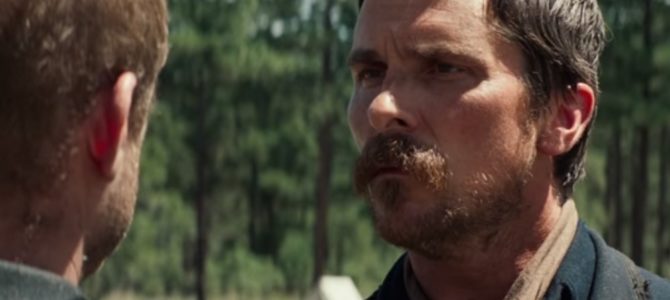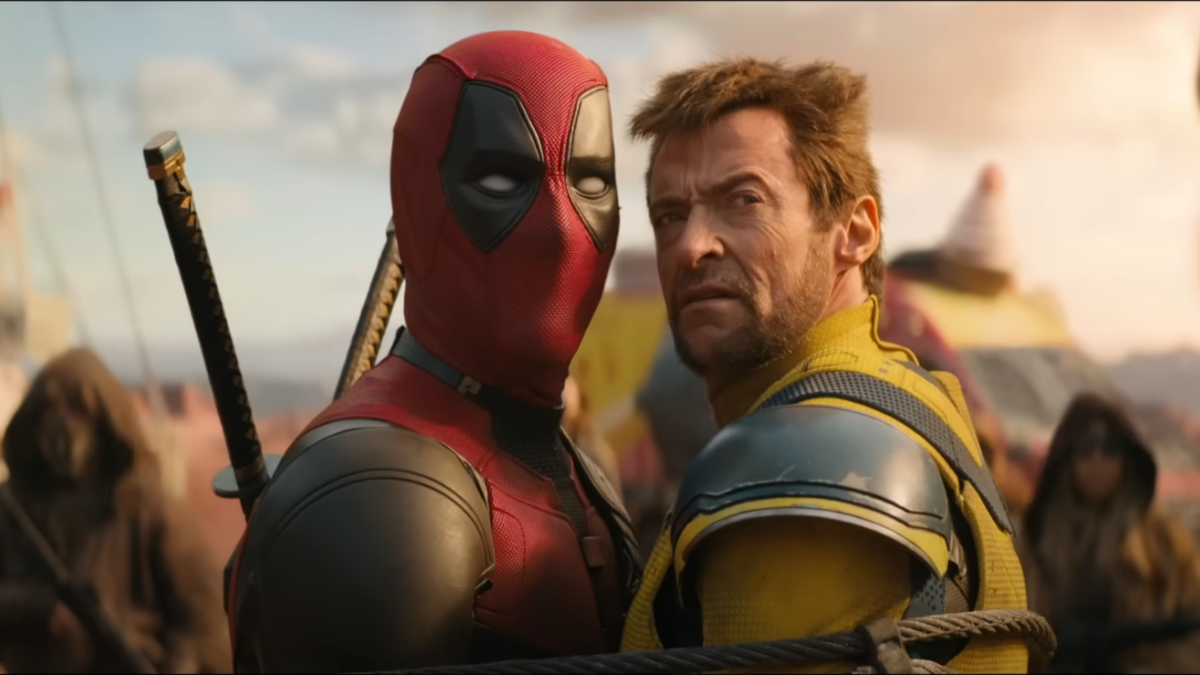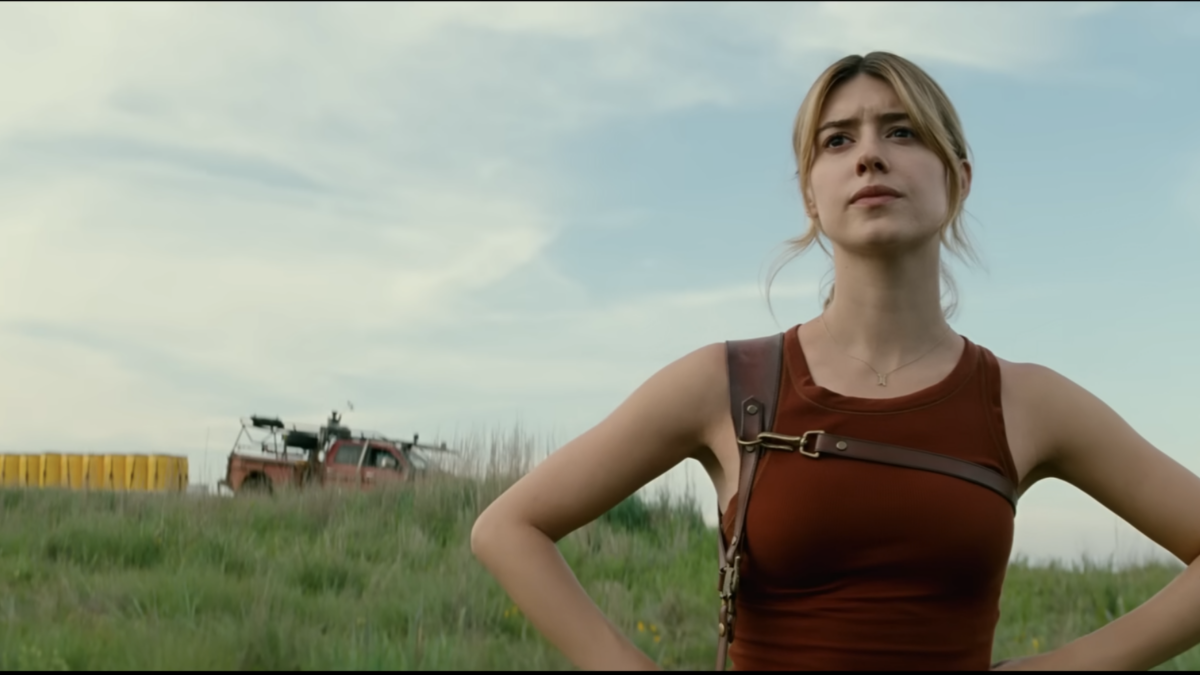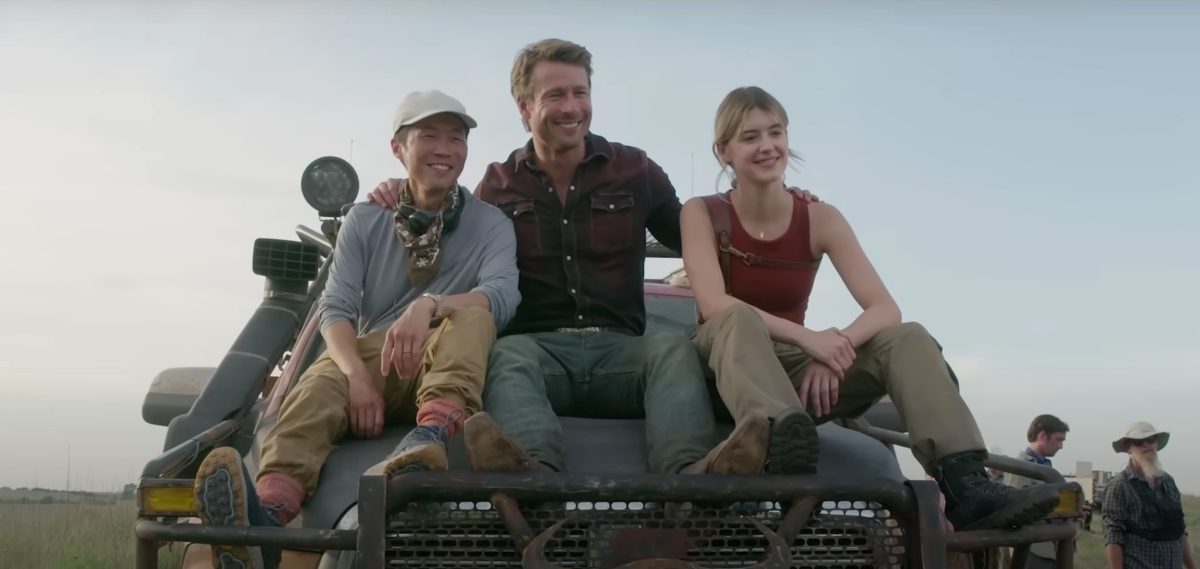
Watching “Hostiles,” a new film set at the tail-end of the U.S. Cavalry-Indian wars that is generating Oscar buzz, reminded me of something my grandmother did well into her 80s.
She always drew the shades down over the windows. When I asked her about this, she said it was a habit from childhood when she and her family lived in a cabin in 1880s Montana. They kept the shades down to protect themselves from “outsiders” by making the outsiders believe they weren’t home.
Given that she and her family were at least half-Indian, I assumed the “threat” was from the U.S. Cavalry. Instead, she told me it was to fool the Comanches.
Other tribes’ fear and hatred of the Comanches carries into “Hostiles,” which contradicts the politically correct image of American Indians peddled since the 1960s. Owing to the Vietnam War, in films like “Little Big Man” (1970) leftists used Indians as stand-ins for the “heroic” and “peace-loving” Vietnamese.
Filmmakers portrayed Indians as at peace with other tribes and the U.S. Calvary as practicing a lethal form of white supremacy by murdering Indian men, women, and children and burning down tepees as done to Vietnamese villagers, such as in the My Lai massacre. This deification of Indians outlived the Vietnam era and appeared in Kevin Costner’s over-rated “Dances With Wolves” (1990). In the film, the gentle, tree-hugging Indians offer a better way than “white” culture.
But Indians weren’t at peace with each other, nor against bloodshed visited upon other tribes. Many Native American tribes, including Comanches, tortured and murdered not only white settlers but people from other tribes as well. So notorious were the Comanches’ indiscriminately hostile actions that many Indians committed suicide when about to be captured by them.
Such realities frustrate Vietnam-era and politically correct portrayals of Indians as innocents. Comanches were the Native version of the U.S. Cavalry, as bloodthirsty as Gen. George Custer. Scott Cooper’s “Hostiles” accepts these realities. Cooper is what historians used to be: one who doesn’t fashion history to fit a political agenda.
Thus no one comes off well in the film. Cooper doesn’t pull punches on the very real oppression the U.S. Cavalry inflicted on Native Americans, but also doesn’t shy away from how murderous Comanches were toward captured American soldiers and innocent settlers. He establishes the latter theme from the get-go, opening the film with the family of an excellent Rosamund Pike (“Gone Girl”) tortured and slaughtered by Comanches.
Her barely contained rage is equaled by Christian Bale’s Calvary officer, bloodied in the Army-Indian wars and unable to distinguish between other tribes and Comanches. The Indian-Cavalry wars have all but ended (the film is set in 1892), but Bale’s hateful prejudice remains. Such is this rage that Bale is willing to risk a court martial rather than escort his former nemesis (Wes Studi, a stock company Indian since the 1990s) to die in the Indian chief’s homeland of Montana. As a result, Studi begins the journey in chains.
Studi matches Bale’s hatred, and both are upfront about this rage in contrast to Pike’s subtle signs of revenge. With Comanches dogging them every mile of their journey, Studi demonstrates his hatred of the Comanches by running one down during a firefight between Bale and the attackers. Bale, angry to the point of being certifiable (his métier, especially with his psychotic turn as Batman), struggles, not always so successfully, to reevaluate his view of Studi. Studi, whose tribe members Bale hunted down, is equally conflicted about Bale and his military comrades.
Cooper refreshingly doesn’t opt for both shedding all of their racism, and by the end, their bond is not based on a newly discovered tolerance but on a shared hatred of the Comanches. Even so, this is a start. Cooper avoids deifying Studi as some type of sainted Earth Day sufferer from white oppression. He, too, is homicidal, and in his own way, as prejudiced as Bale.
The weakness of “Hostiles” is in the story. Cooper strays off course from his theme by including in Bale’s mission an Army officer to escort also. Since Cooper never really mines this inclusion—i.e., their soldierly bond—the story loses its lean momentum, and almost collapses under this unnecessary weight.
Otherwise, “Hostiles” is a grown-up rather than a “revisionist” Western, a term reviewers have attached. Cooper neither embraces the pre-Vietnam view of the U.S. Cavalry as noble and heroic (see Errol Flynn’s glamorous turn as Custer), nor the Vietnam one of “evil” whites versus “innocent” people of “other” colors.









